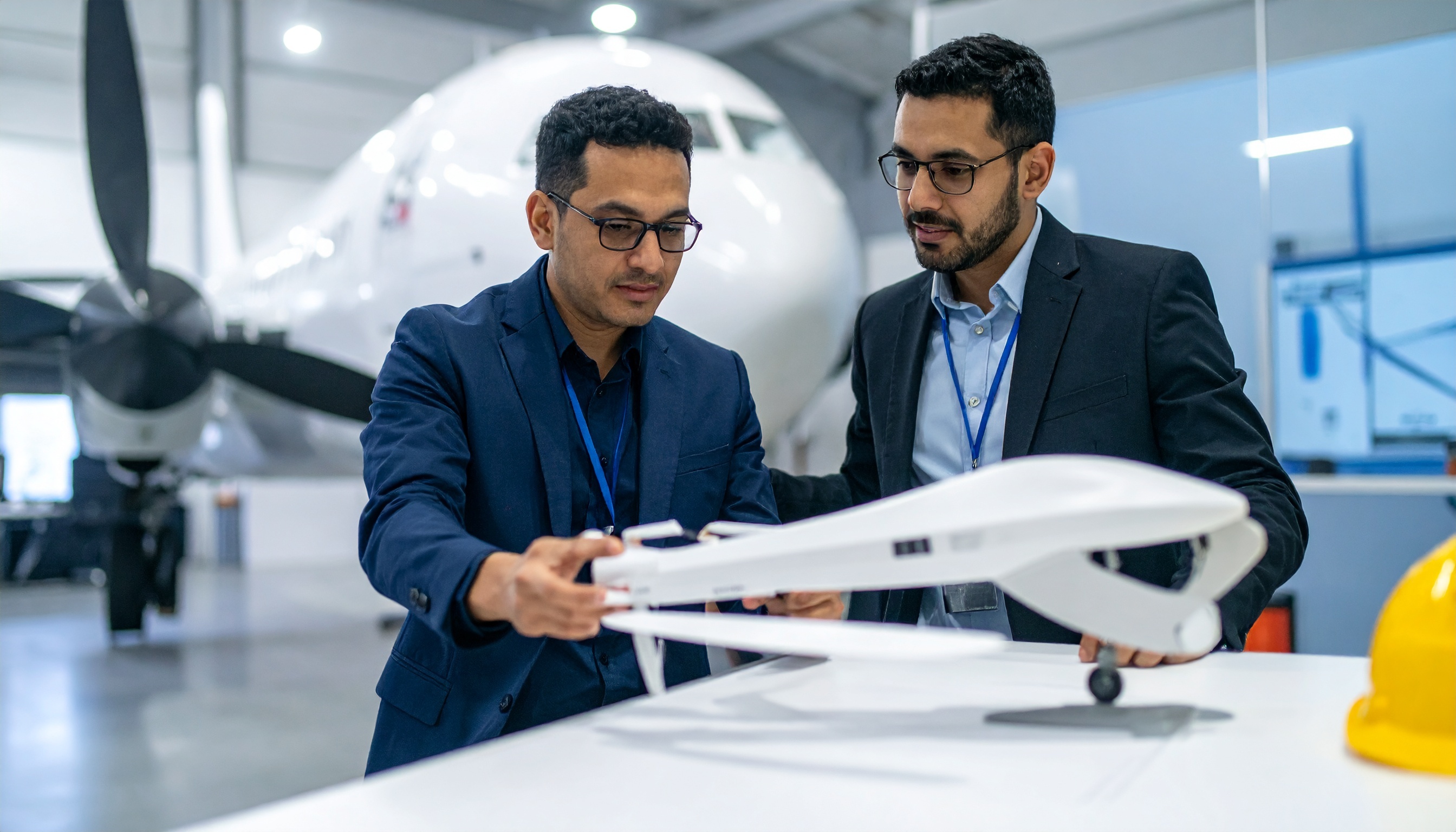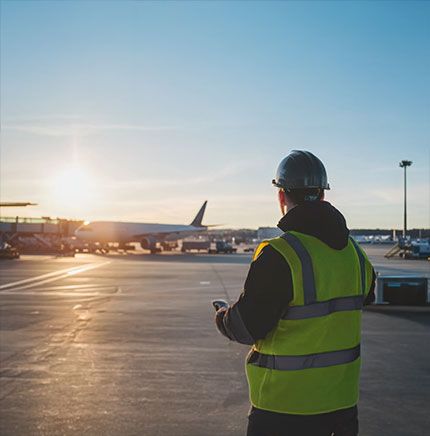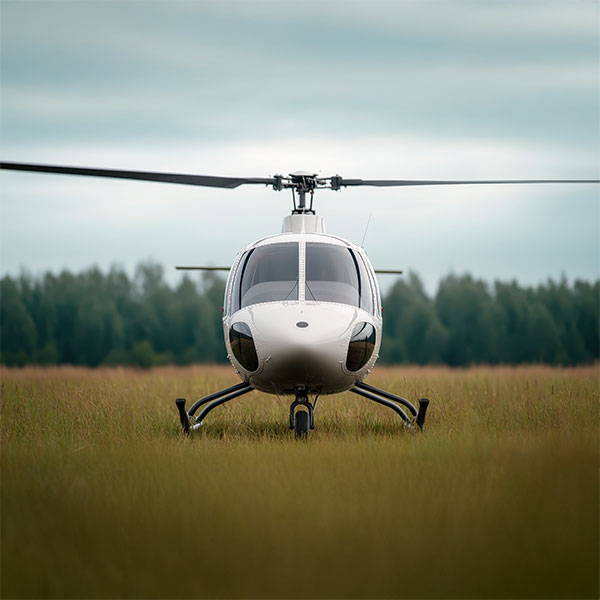New U.S. tariffs introduced in 2025 are expected to increase input-costs for aerospace manufacturers by up to $5 billion annually (KBRA Report), squeezing margins and ramping up supply chain uncertainty. Unlike automotive or consumer electronics, aerospace cannot pivot suppliers overnight. Every part, from avionics modules to sub-systems, must clear the rigors of FAA, EASA, or MIL-SPEC certification. This regulatory gravity means that tariffs are not just a matter of cost—they are a potential drag on program delivery.
Engineering Resilience, With Limits
For aerospace ER&D teams, the immediate shock is muted. Prototyping and design work operate at low volumes, well ahead of production runs. With 12–36 months between design and manufacturing, aerospace engineering teams have a buffer to reassess sourcing, redesign components if required, and negotiate with suppliers. Yet this window is not indefinite. As designs move closer to production, tariffs crystallize into real risks, and the cost of rework escalates. In a recent project, a critical electronic component was flagged early for tariff exposure. By involving the end customer upfront, the engineering team secured better commercial terms and shortened lead times, ensuring continuity. The lesson: aerospace engineering resilience is built through early, transparent collaboration across the value chain.

Redefining Engineering Resilience in Aerospace Design
Resilience in aerospace engineering cannot be reactive; it must be engineered from the start. That means modularity, flexible architectures, and multi-sourcing strategies. At Tata Elxsi, for example, we pre-design systems to allow substitution of components with minimal rework, validate alternate suppliers through simulation, and integrate "trade aware” cost modelling at the concept stage. The practical value is evident, a system designed around a U.S-sourced sensor could seamlessly switch to a tariff-neutral equivalent, avoiding disruption and preserving programme timelines. This is engineering resilience in action anticipating volatility and embedding flexibility that can change according to the schedule.
From Constraint to Innovation
Tariffs are also accelerating the adoption of digital tools. Digital twins and AI/ML are no longer buzzwords but practical levers that are modelling supply chain disruptions, testing alternative materials, or reconfiguring logistics. There are precedents to this kind of innovation under constraint. India’s LCA Tejas programme famously turned denial of foreign support into an indigenous capability, developing flight control laws from scratch and securing a strategic edge. Tariffs today are prompting aerospace companies to think with the same ingenuity and originality.

The Shift Towards Localisation
The persistent trade barriers are nudging companies to rebalance their supply chains. Regional ER&D hubs, nearshoring strategies, and local supplier integration are becoming standard playbooks for us. India stands to benefit as a credible alternative with its engineering talent, regulatory maturity, and the “Make in India” push aligning with global demand for diversified, resilient ecosystems.
Outlook: Resilience as Competitive Advantage
Looking ahead, tariffs are not a temporary set-back but a catalyst for structural change. Aerospace and UAV firms will need to invest in cross-functional agility, digital engineering competencies, and supplier diversification. While many clients still prioritize speed to market, resilience is steadily climbing the agenda. Engineering service providers who can help customers design modular systems, onboard Micro, small, medium, enterprises (MSMEs), and minimize re-certification delays will not only offset tariff shocks but emerge as strategic partners. In a volatile trade landscape, resilience is not just defense, it is a source of competitive advantage. And for our country, it is an opportunity to lead in the aerospace sector.
Author
Delivery Manager - Aerospace
Tata Elxsi












